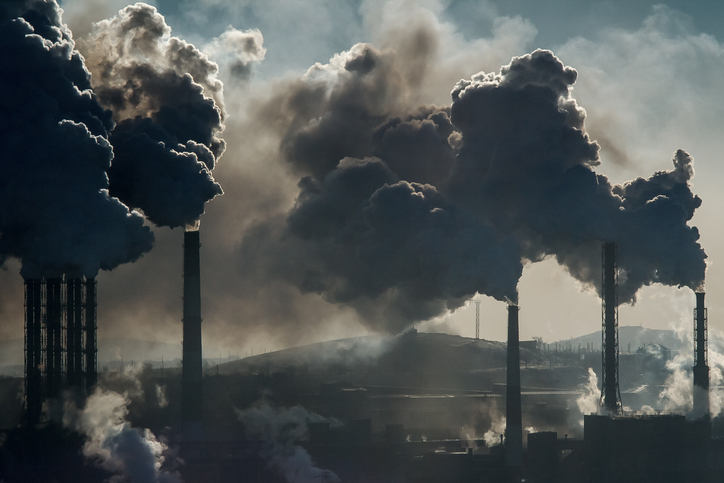With names like “boiler slag” and “bottom ash,” it’s no wonder that anyone who has ever heard of coal ash, or the coal combustion residuals (CCRs) produced from burning coal, assumes they are the basest forms of pollution. And they’re not entirely wrong; bottom ash is the burn-up matter that is too large to be carried up into the smoke stacks so it collects in the bottom of a coal furnace. Boiler slag is the glassy pellets that form in the bottom of coal stoves in industrial boilers. Exposure to either kind, or to a handful of other kinds of coal ash, can result in irritation of the nose and throat, dizziness, nausea, vomiting, and shortness of breath. Long-term exposure can lead to liver damage, kidney damage, cardiac arrhythmia, and a variety of cancers.
But coal ash serves industrial purposes, too. It is used as a top layer on unpaved roads, to fill abandoned mines, and as an ingredient in concrete, wallboard, and school running tracks. It can even be used as an agricultural soil additive.
The risks of harm, however, prompted the EPA in 2015 to start implementing safeguards on the disposal of CCRs in sites called “impoundments” or landfills, such as the requirement for purpose-designed liners, groundwater monitoring, and clean up for contaminated groundwater sites. Exempt from the 2015 rules, however, were CCRs in landfills and waste piles that stopped receiving new waste before the law was adopted, as well as landfills at power plants that had already stopped producing power. Coal ash at those locations has been allowed to remain, decompose, and potentially diffuse into their environments almost entirely unregulated.
This glaring loophole has not gone unnoticed, and in August 2022, a series of public interest groups and municipalities sued the EPA to close it. As part of a settlement of the suit, the EPA published its intent with the Federal Register on Feb. 3 to review the 2015 regulations as well as the loophole.
As part of its review, the EPA will accept comments by the public through Mar. 6 before filing with the court. If the agency elects to address the unregulated landfills, federal law requires the EPA to publish a draft rule, provide a public comment period, and hold public hearings before issuing a final rule. The draft rule would be completed by May 5, 2023, with a final rule issued by May 6, 2024.

